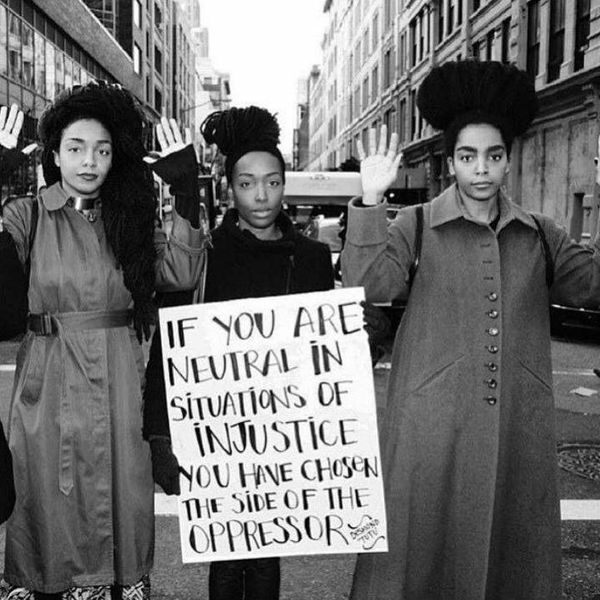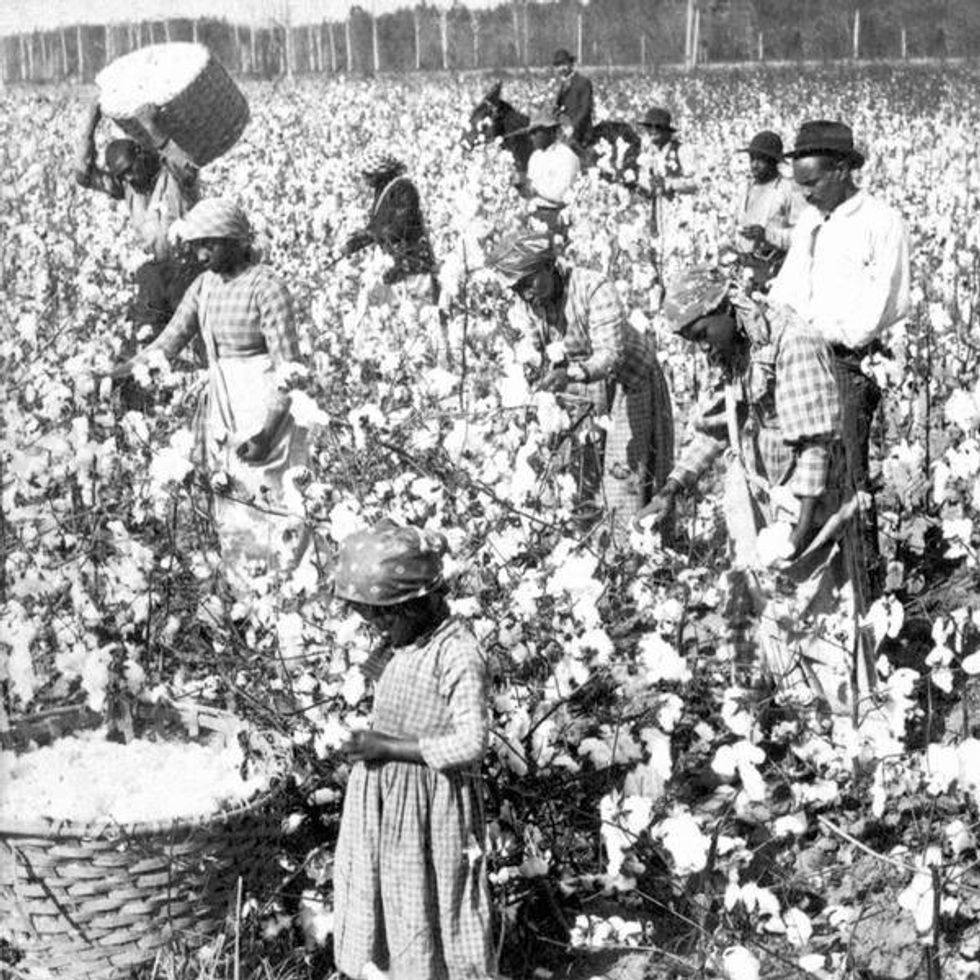What was it like to live one’s life as a slave? “Only slaves themselves had the ability to convey an accurate portrayal of their sufferings, pains, degradations, struggles, hopes, aspirations, joys, and sorrows.” While slave narratives are few and far between, due to slave illiteracy, they provide an interesting portrait into the lives they led. By examining these slave stories, we can come to an understanding of the hardships they faced while being a slave in America; from the very beginning of southern plantation life and up to and including abolition. As I read these tales, my heart was heavy with sorrow for the miserable lives these people led. They had almost no dignity and were resigned to a life of suffering. Some of the stories, although happy, had a dark undertone. From a modern perspective, it is strange to know that my own country had a major role in this devastation.
The first slave entry was from a woman who lived on a plantation in Louisiana. She was in poor health, having being sold three times to three different masters. She was worked to the bone. She wasn’t even allowed to nurse her child. She could hear him crying and crying, just waiting for her to be done with her work so he could eat. Her child was fathered by her master’s son, probably against her own will. Yet, even though the child was half-white, he was left to live in the slave quarters. Her family had been shattered when she was sold, and she longed for her mother. Charlotte had heard that a woman had come from Virginia and was living in a neighboring plantation. On her only day off, a Sunday, she went to visit this woman in the hopes that they were related. She called her “Aunt Jane.” Although she wasn’t her aunt, Charlotte felt the spirit of kinship with this woman at the possibility that she may know her mother or some of her family members. It was the only way she could make sense of her situation and cling to her homelife.
Charlotte’s experience in Louisiana was very different from what Tempe Durham tells us about life as a slave in North Carolina. It is quite interesting that her last name is the place where she was held as a slave. After she was freed by her master, she needed a legal last name and that was what was given to her by the state government. Her value to her master came not just by the work that she did, but the amount of children that she gave birth to. These children could be used to work the plantation and so that the master wouldn’t have to go out and buy more slaves. Also, the crop in this area was tobacco rather than cotton or sugar, due to the differences in the soil type.
Charlotte describes her wedding to another slave from a neighboring plantation. Her master allowed them to be married on the porch of the house, and he and his wife even participated in their nuptials. Miss Betsy, the master’s wife, even participated in work with the slaves, using a loom to weave fabric. They weren’t able to see each other very often, as right after the wedding her husband had to go back to his neighboring plantation to work. This helped to increase communication and civility between neighboring plantations. She genuinely describes her master as being almost like a father to her. This paternalism was used by white slave owners as justification for the harsh treatment that the slaves faced.
Our next story is one of a male slave from Cuba who faced some extraordinary conditions at the hands of his master. He describes being sold like a pig, how all humanity was stripped from him. His experience shaped his psyche as he could still remember his owner clapping a pair of shackles on him. He describes living in little huts with tile roofs, sometimes two hundred people in one place, known as a barracoon. The floors were dirty and covered with mud. There were hardly any windows, and if there were they were just holes in the side of the wall covered in bars. The place was covered with fleas and ticks, leading to disease running rampant throughout the slave quarters. The people who lived there were never able to accept their living situation.
A strange difference that I noticed was that the slaves from Cuba were able to own their own land. They did most of the washing of clothes there, work that was done largely by women. These plots of land were where they got their nourishment from. They were able to plant crops such as sweet potatoes, gourd, okra, kidney beans, yucca, and peanuts. They were also able to raise pigs. The slaves then sold these products to the very people that enslaved them.
The slaves from Cuba were also given some free time to do whatever they liked at their leisure. Most of them were able to amuse themselves in their barracoons, but some liked to venture out and visit the taverns in the town, which were very abundant. They used to trade their commodities here or buy things on credit.
The images described stand out to me because it’s not typical of what you hear from former slaves. Although he starts out by explaining the cruelty he received by being sold off by his former master, he then delves into some of the more social aspects of life. A lot of them didn’t really seem so bad. These social activities must have been very important to the slaves. More importantly, his story tells us that the slaves would not be defined by their working title. They insisted on acting and being treated as individuals regardless of their legal and physical status and condition.
How they saw themselves or each other is a theme that runs throughout Montejo’s story. When describing religions, he talks about three different groups: the Lucumi, the Congolese, and the Catholic. The Congolese were involved with witchcraft, the Lucumi had more to do with saints and God. The household slaves were usually converted to Catholicism by their masters, and were treated well because of it. The white men usually categorized all slaves as being “African”, but through Montejo’s story it seems that there were very many differences between all the groups of people; physically, emotionally, and spiritually. They saw their identities as highly differentiated ethnic, cultural, and religious groups. “African” was used by whites only to describe skin color and it was synonymous with “black” and “slave”. Slaves also differentiated themselves by occupation. Montejo believes the house slaves only pretended to be Catholic to be treated better by their masters, as he saw absolutely no priests enter the slave quarters.
The harsh treatment described by Montejo really got to me in the core of my soul. They faced such inhumane circumstances. The women were used not only to work but to bare children that could be used as slaves. Every year they were required to give birth. Those who were barren had to work out in the fields, although they were able to choose their own husbands. The ones that were used for breeding were usually matched up with a tall and strong slave so that she could bear children that were also tall and strong.
The children stayed in the infirmaries for about six or seven years and then began to work. They were taken care of by the women in the community. Sometimes the children’s parents were sold and they never saw them again, so they would be resigned to live with the women in the infirmary. While describing punishment, Montejo speaks of how they even beat the pregnant women who disobeyed their masters. They made sure not to hurt the children in their bellies because they needed them to be born well and become strong slaves.
The men were also barred from having relationships with women until they were twenty-five. Their responsibility was just to work in the fields. Montejo says it was better off for you to be on your own than to live in one of these communities, as punishments were harsh and sickness was rampant. There weren’t many women around anyway; those that were tended to be married or were employed as wet nurses for children. Some men came to terms with this statute, others resigned themselfves to sodomy and a hmomosexual lifestyle. All of this is such a stark contrast to the beautiful Sunday celebrations and tavern life that was described by Montejo.
The experiences of these three slaves were very different depending on the region that they came from. Even so, they were faced with the harsh reality that they weren’t free and had to live by the expectations set for them by their masters. While some had freedom to marry and have families, others were torn away from the people closest to them. Religion was even tied to the masters, with some sacrificing their own beliefs in order to please them, in the case of the Cubans. In the case of the slave woman from North Carolina, her culture mixed with Southern white culture in the terms of her marriage. All in all, these slave experiences show us that slaves were treated very differently than white people: being bought, traded, sold, and told what to believe, regardless of where they came from. Although slavery was abolished in these areas by 1900, the descendants of slaves are still suffering socially, economically, and culturally on a worldwide scale, all due to being seen as objects by their white counterparts.




















